What influences you to decide where to go when traveling? Is it time, money, visiting family or friends? Or do you just throw a dart at a map and go where it lands? Now that is a true adventurist! For me, it can be little of all the above, but to be honest, this trip to Normandy has been on my bucket list. Both of my grandfathers served in World War II, one in Europe and the other in the South Pacific and their service during the war has always peaked my interest to learn more about the historical events and places involving World War II.
Some time back, I had read about the Normandy region with its beautiful countryside, its local culture and how it played such an important role and changed the tide in World War II and it got my attention. Throw in that I really enjoyed France on previous trips and it was a no brainer…we were going to Normandy. The 80th anniversary for D-Day is quickly approaching (June 6th), and I wanted to educate myself before I went and so the research started. I did my homework and read the Stephen E. Ambrose book, “D-Day”, researched other documents as well as watched “Band of Brothers”, “Masters of the Air” and “Private Ryan” and any other documentaries I could find about World War II. I would soon find out how much more there was to learn and was enlightened about these cities and their role in changing world events.
Once we got settled in our home base in Bayeux, it was time to go out and start exploring. Located 20 minutes or 13.2 km from us, our first stop was Arromanches, France or as it’s known “Gold Beach”. On June 6, 1944, as Allied forces landed on the beaches of Normandy to begin the liberation of France, British and Canadian forces were landing on the beaches at Arromanches to secure this crucial site. The allied forces needed two ports to off load their supplies to support this massive effort and the nearby deep-water ports of Cherbourg and Le Havre were occupied by the Germans, who would strongly defend these areas.
Arromanches, was chosen to be one of two ports that the allied forces would use to bring supplies to support this massive operation and became known as “Mulberry Harbor B”. A similar port was constructed in Saint-Laurent-sur-Mer and was named “Mulberry A”, however, it was destroyed shortly after D-Day in a storm. To say that the construction of these man made ports was an enormous and remarkable engineering feat is an understatement.
The idea of a floating harbor came from British prime minister Winston Churchill, who knew creating a harbor at sea was preferable to attempting to seize a well defended port. All of the necessary elements were there to make this happen as Arromanches was mostly untouched by the bombing on D-Day, its close proximity to the other allied forces and flat beaches would make it quick and easy to construct.
British engineers designed these portable harbors in complete secrecy between 1943-44 and utilized 50,000 workers across the British Isles to construct these harbors. As you will see in the photos that follow each of these sections were large, weighed 6,000 tons a piece and were 60ft high, 204ft long, 62ft wide. In total approximately 250 of these large sections were used to construct the two harbors and each one was towed across the channel by boat to use in the construction of the harbor. Can you imagine designing these large floatable sections then transporting approximately 250 of them across the English channel over to France?
It was thought that “Mulberry B” would be used for three months however, it proved to be an efficient and significant hub for the allied forces and was instead utilized for approximately five months. During its time in service a staggering 2.5 million men, 500,000 vehicles and four million tons of supplies arrived via the port at Arromanches. In a nod to Winston Churchill for his valiant leadership and conception of this idea, the Mulberry harbor B became known as Port Winston.
Sometime after the war, several units were towed to different locations for other projects while a good number of them still remain at Gold Beach and serve as a breakwater for the area and natural monument to educate future generations and remind them of what occurred there. When looking at the pictures that will be at the end of the post, notice how small some individuals walking by them are and it’ll put their size in perspective. And note how many are still visible and that a good number are still lurking below in the water.
Now fast forward almost 80 years later and as you drive into this proud shore community you can see that it has not forgotten it’s past nor the sacrifices made by so many for the greater good of all. Navigating through the city streets, you are met with homes that proudly fly the American and French flags and some that also include the British and Canadian flags too. Imagine the fourth of July in your neighborhood and seeing a good number of flags being flown. Arromanches does the same thing but all year round.
Despite all its somber history, Arromanches is surrounded by beautiful and scenic cliffs. While walking on the generous beach landscape, you can stroll on the shore and appreciate the beauty of the coastline, feel the cool sea breeze blowing against your face or take in the historical weight of this area. The drive through the scenic countryside is very appealing and it is probably a stark contradiction to how the landscape might of looked some eighty years ago on D-Day. Like it’s neighboring towns, Arromanches has it place in history and contributed to one of the greatest invasions that changed the course of World War II.
So once again, traveling has proved to be one of my best teachers. I am appreciative to the local residents who graciously welcome visitors to their small town, grateful for the opportunity to be able to see this and other historical places that changed history and lastly thankful for those who keep telling the story of Normandy so that we can avoid the same mistakes and hopefully not have history repeat itself again.
Until next time, we’ll keep moving on and see where we go via El Camino Thru My Lens.
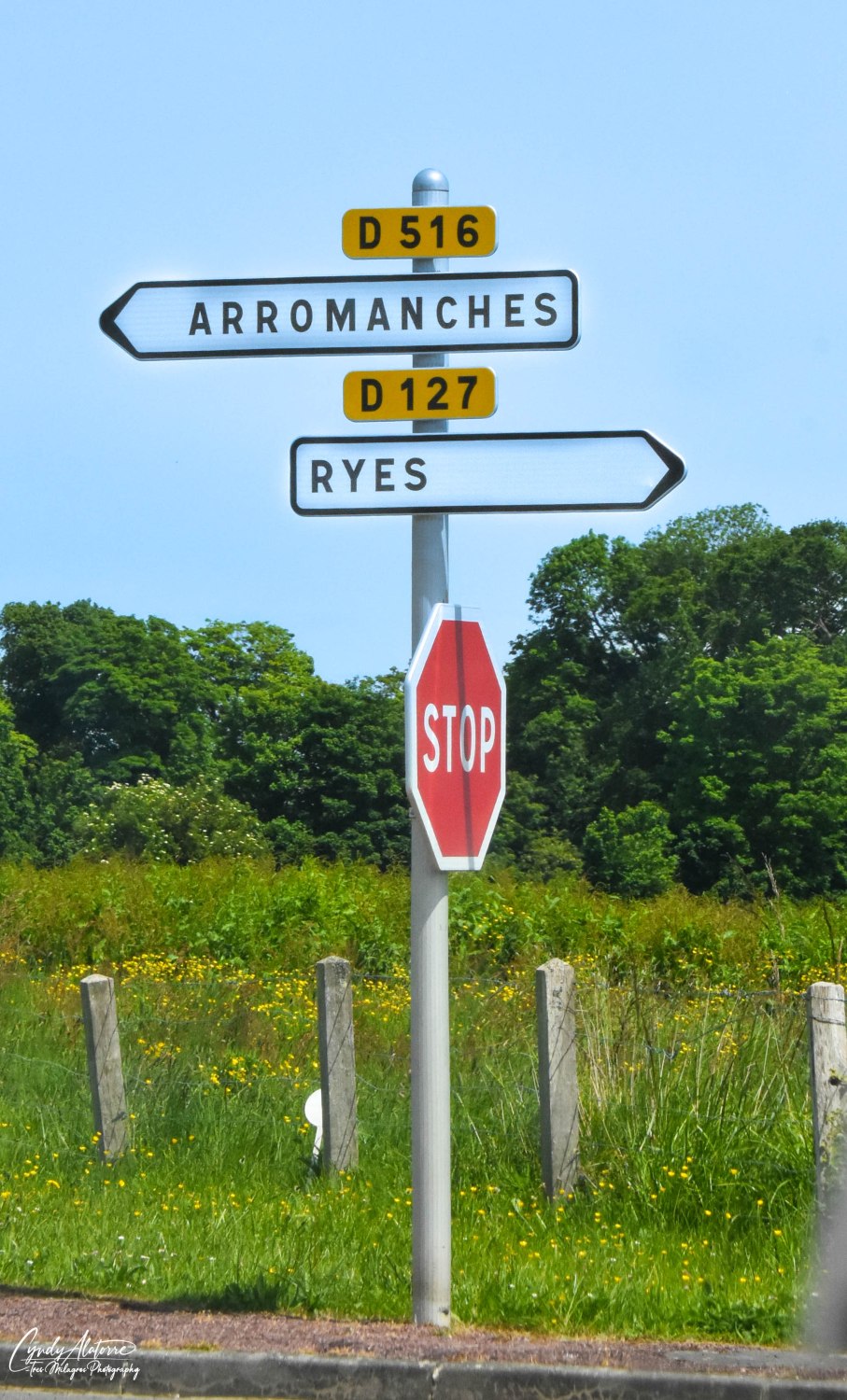
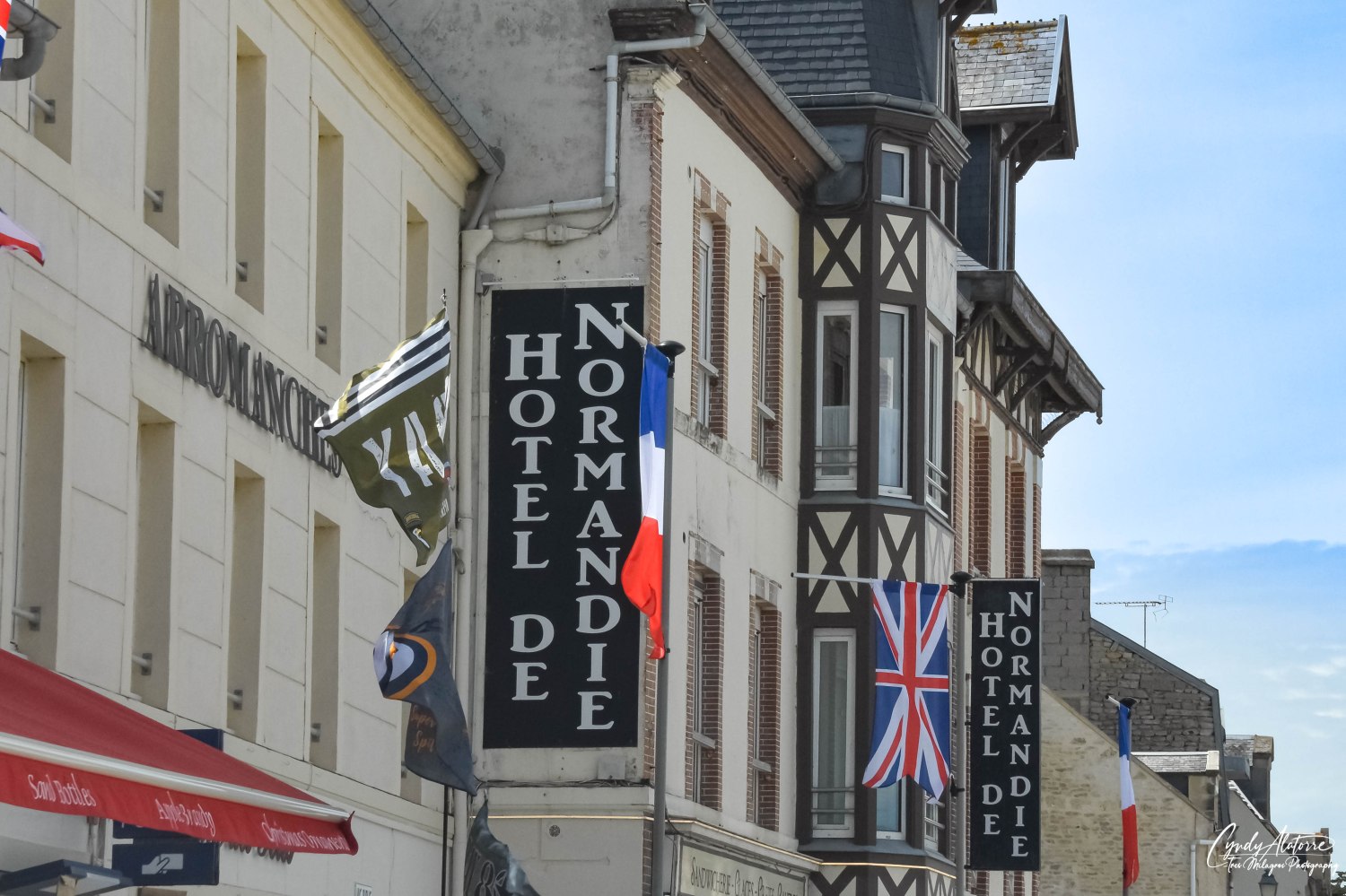

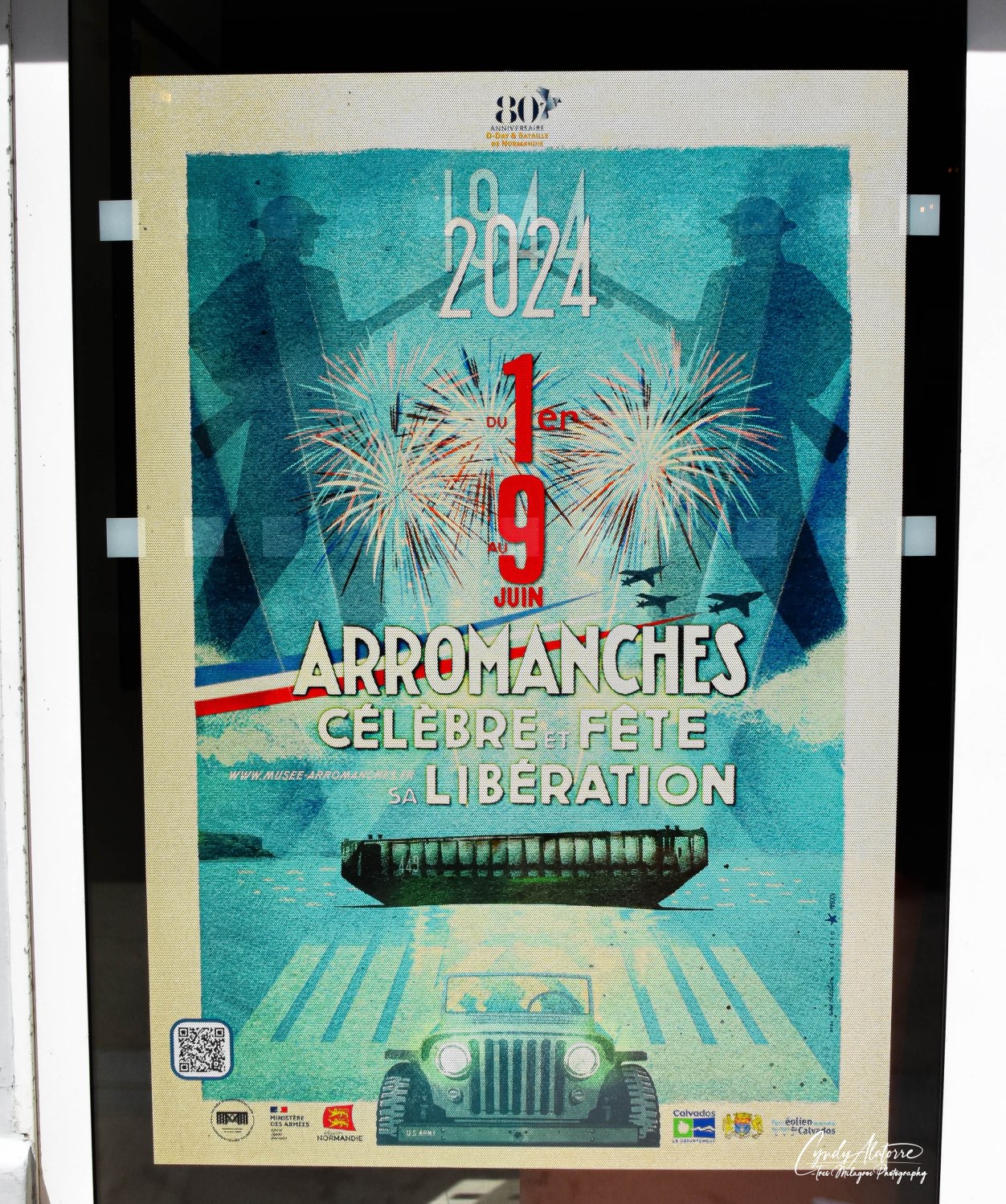

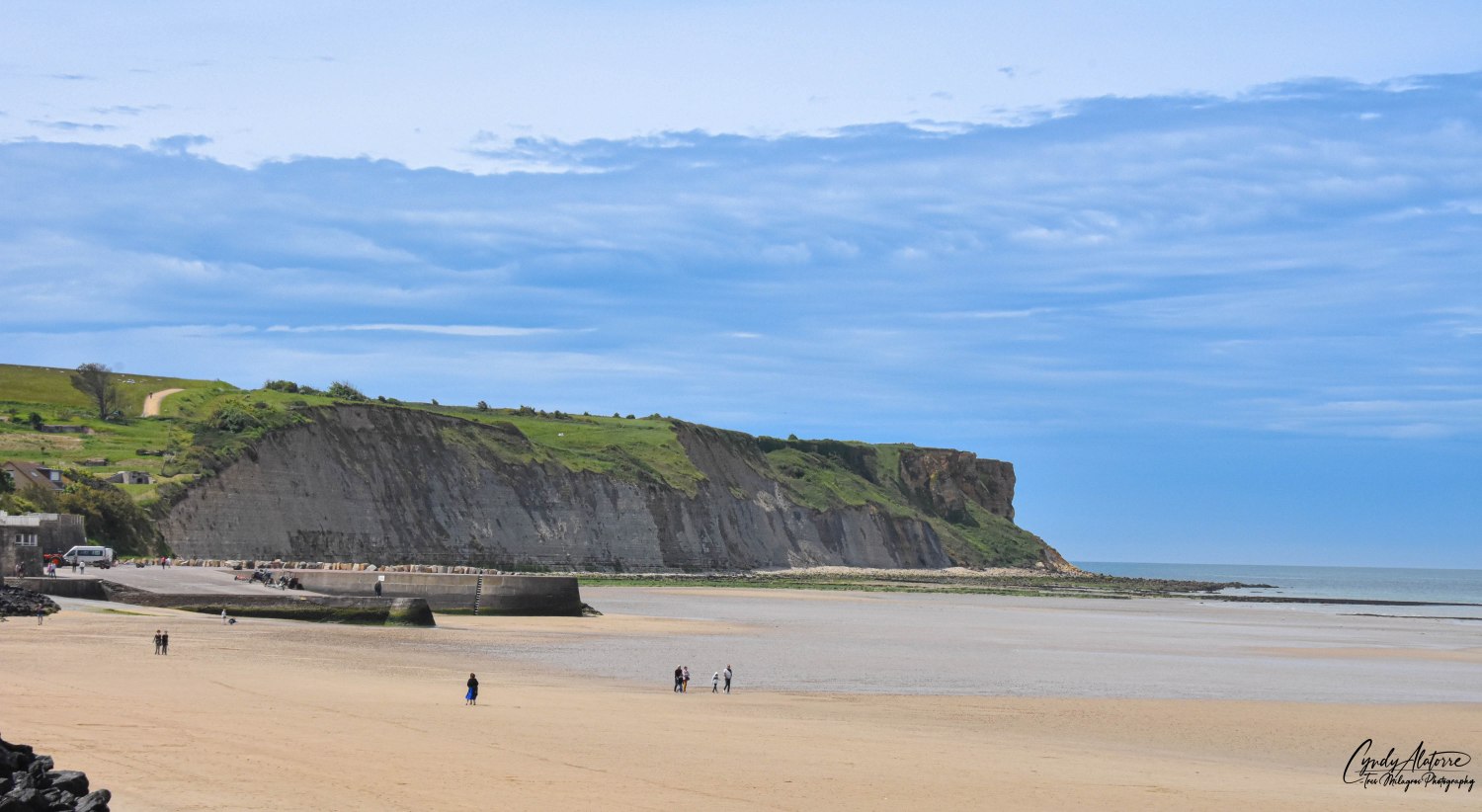
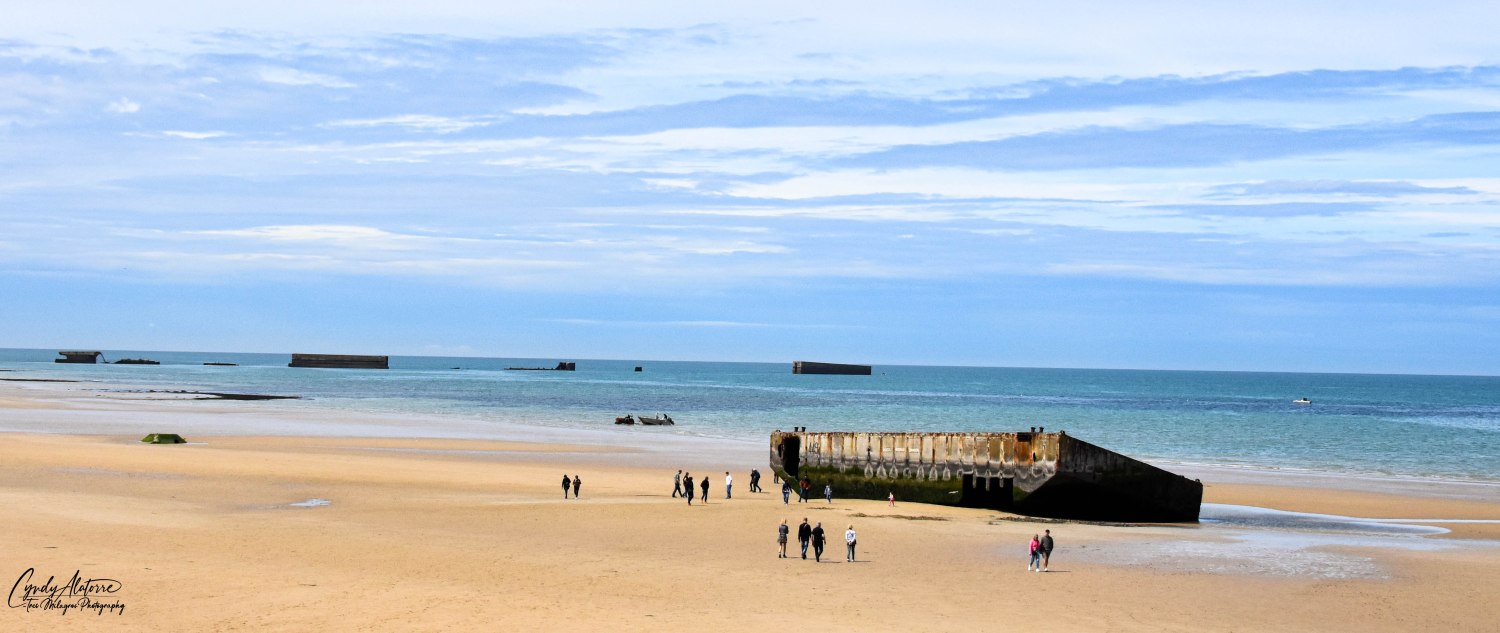

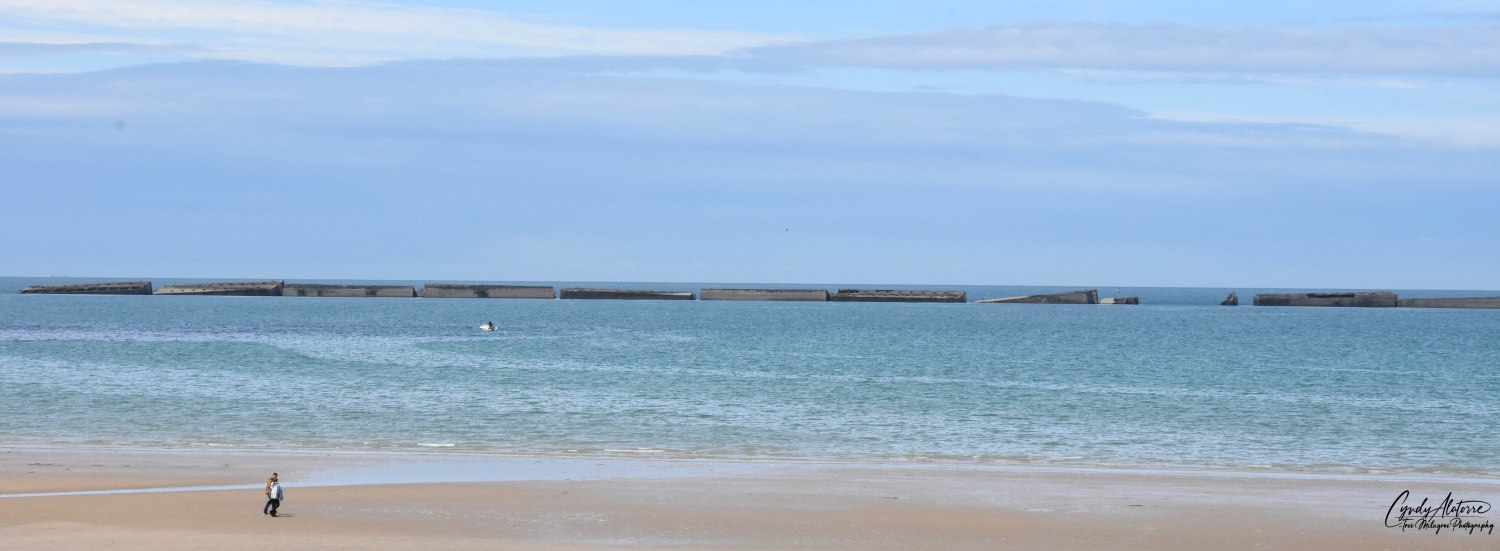
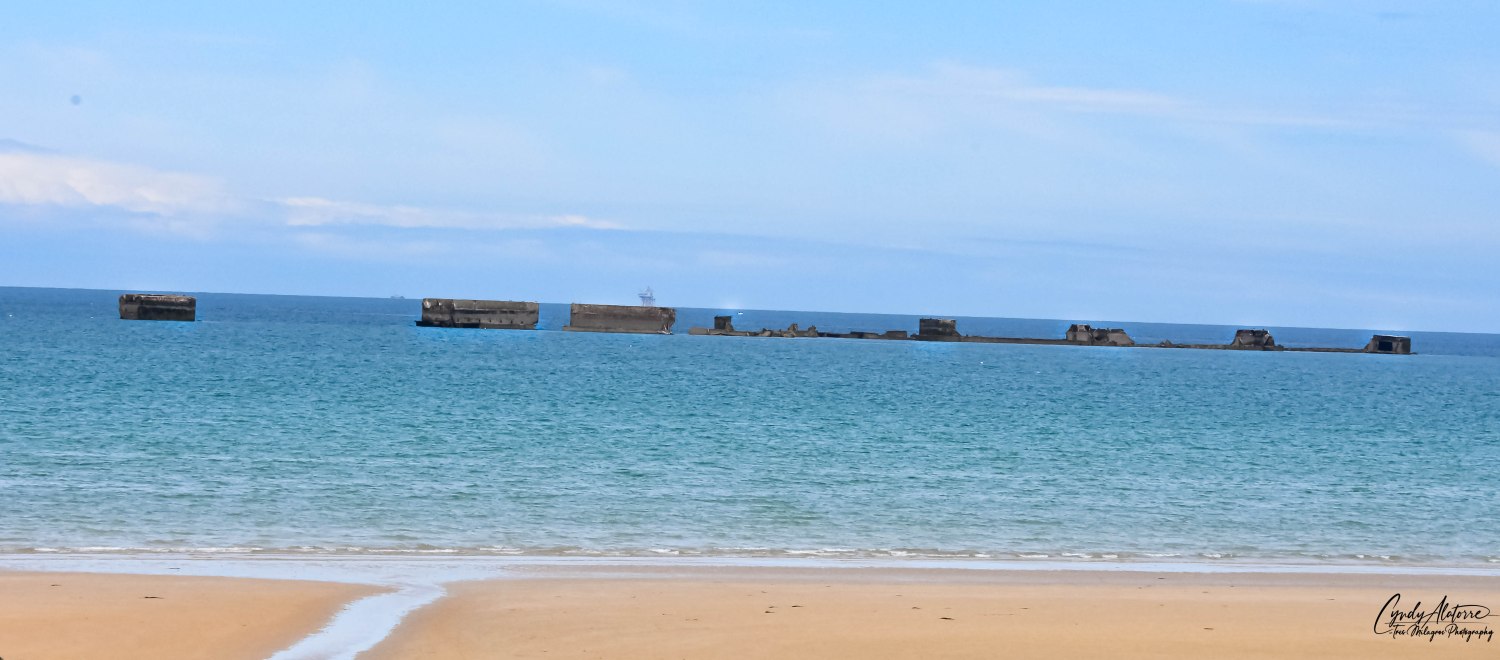
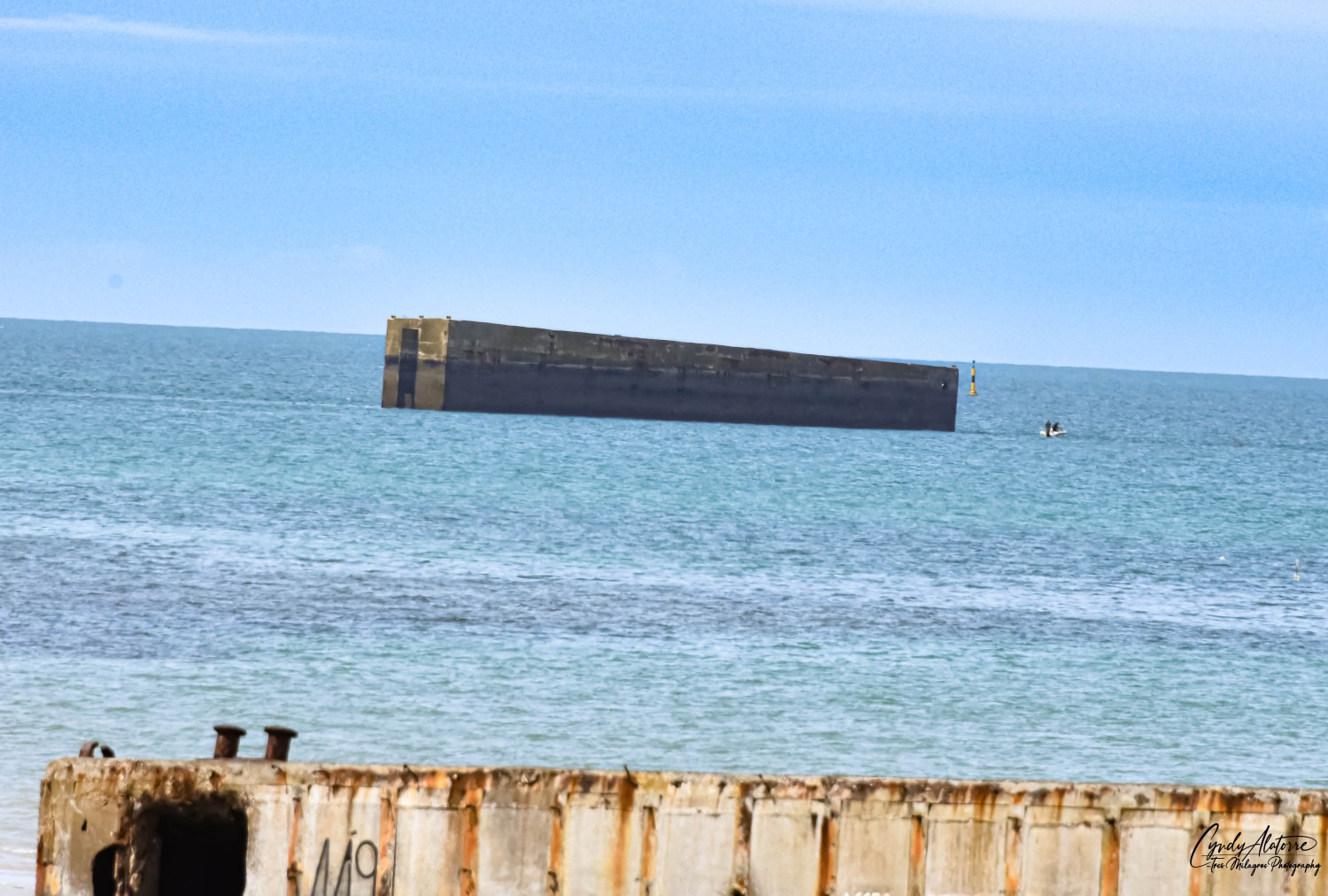
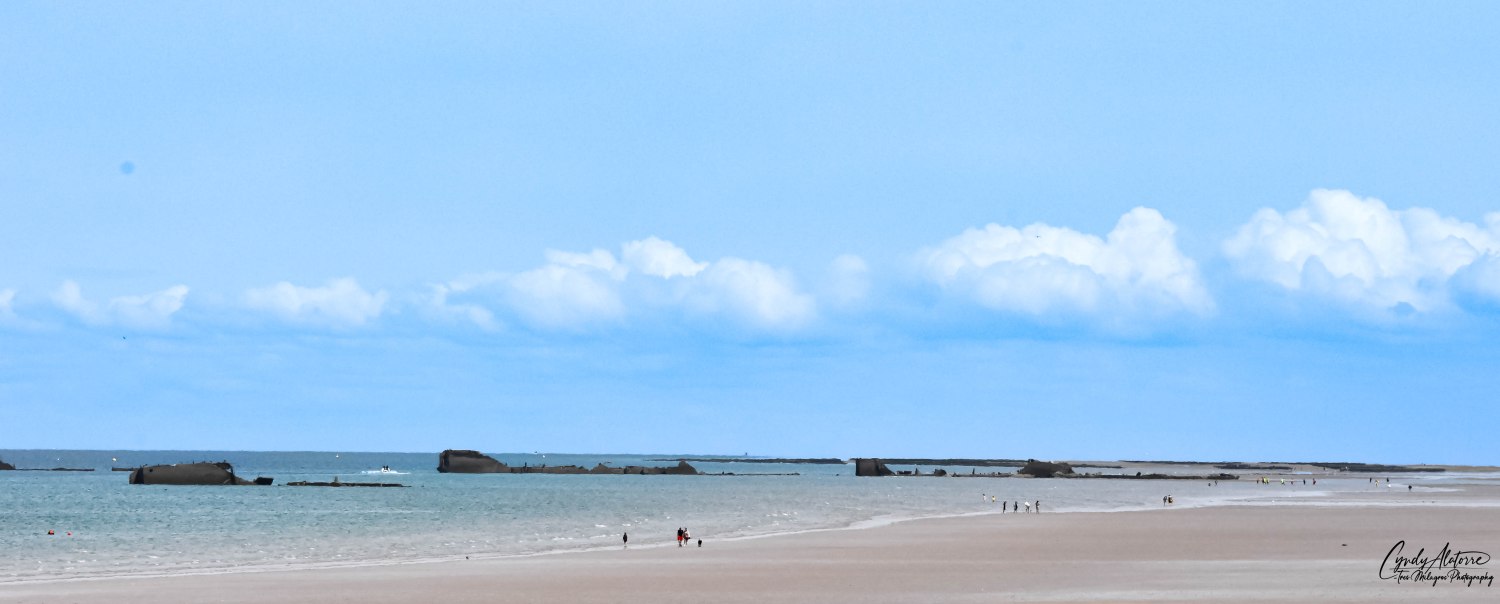
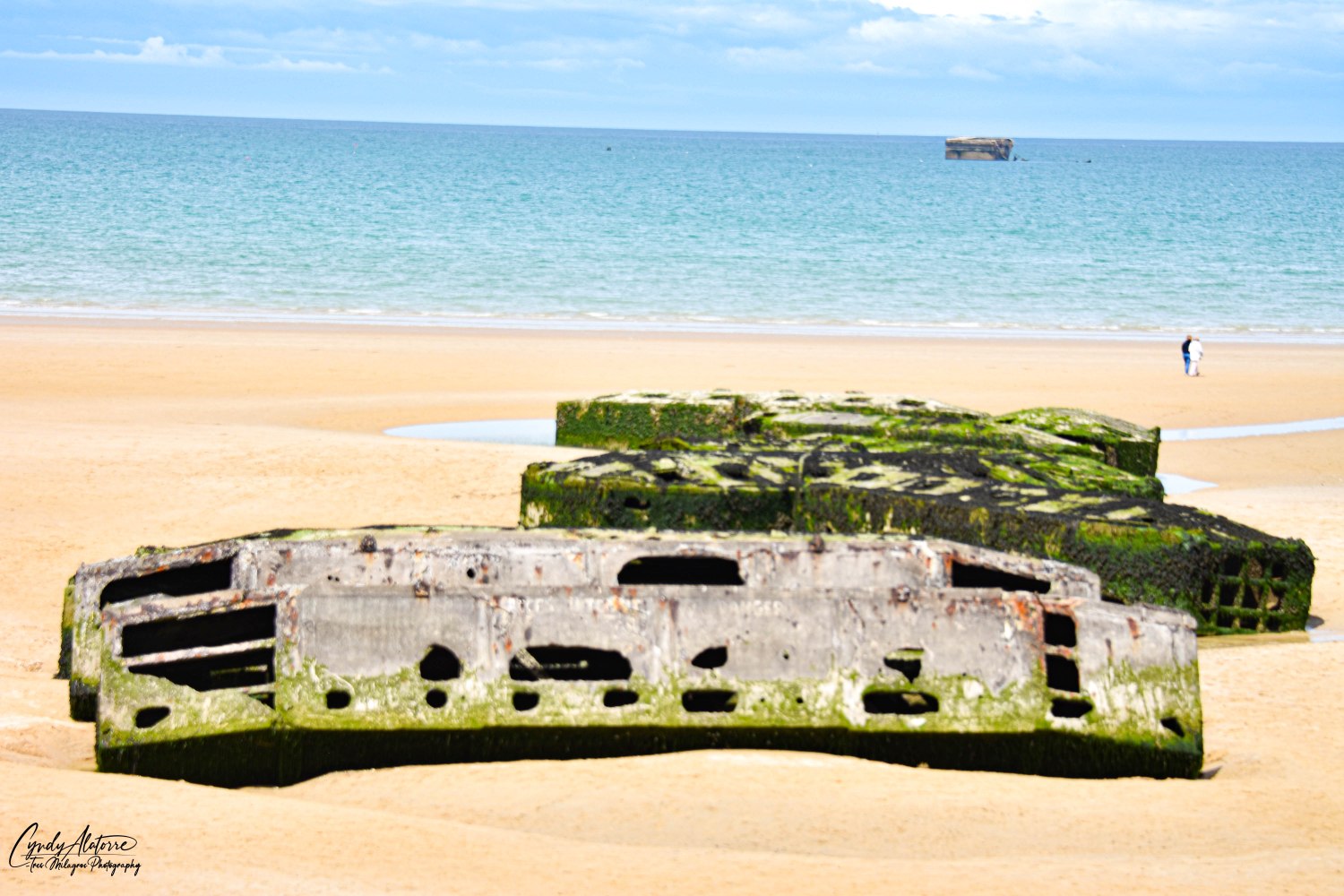
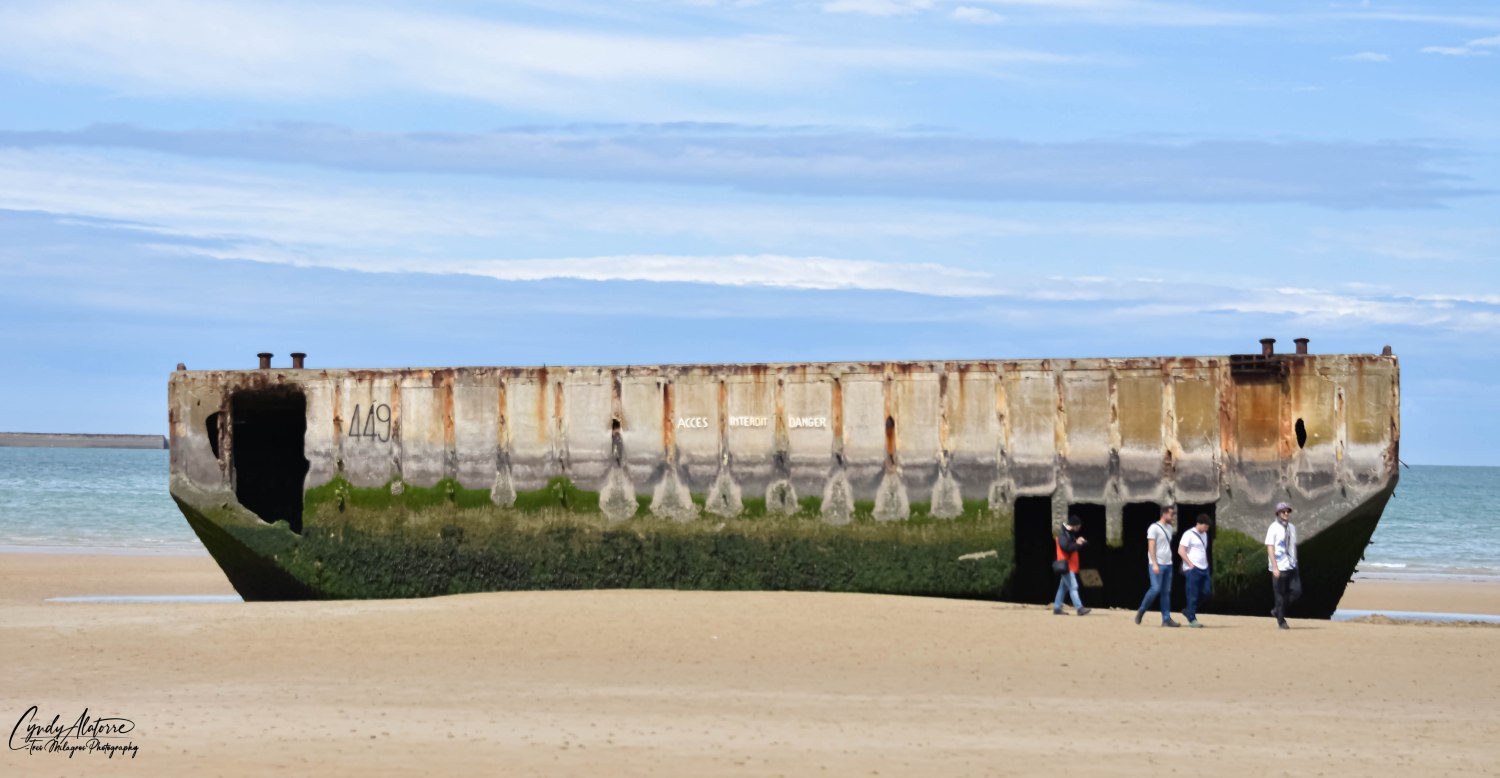
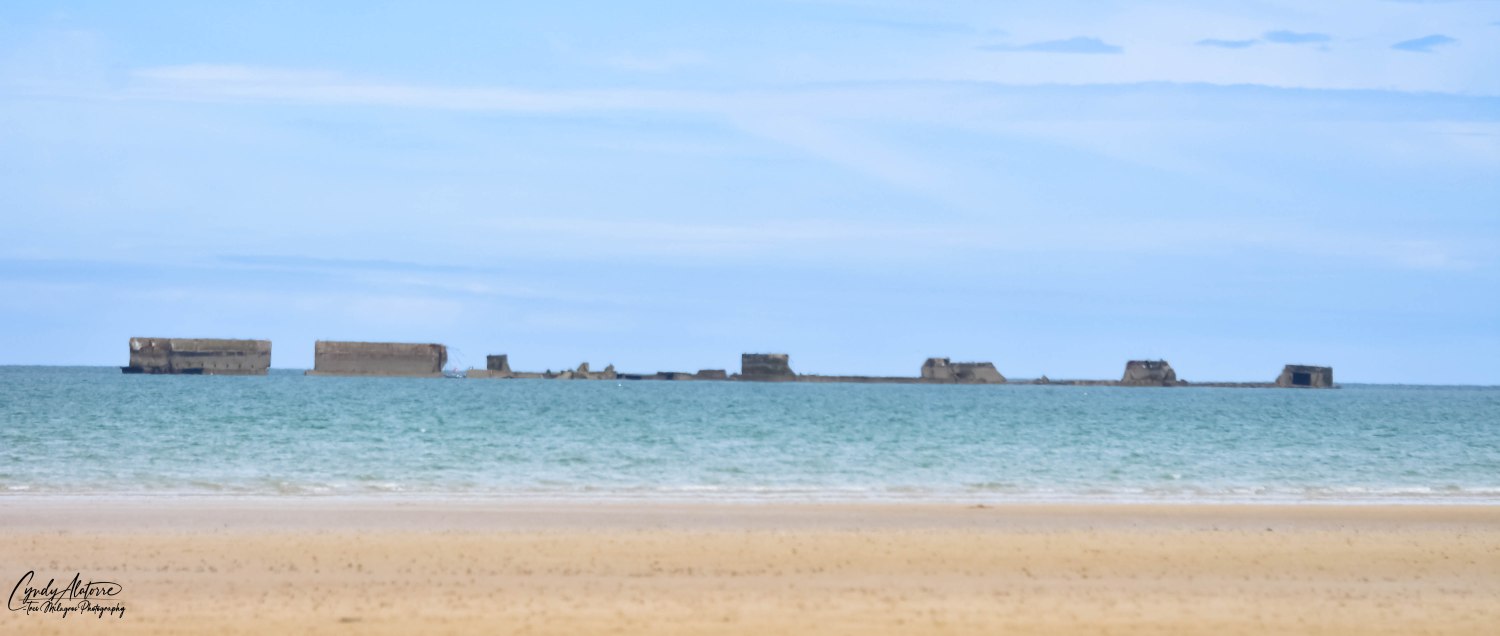
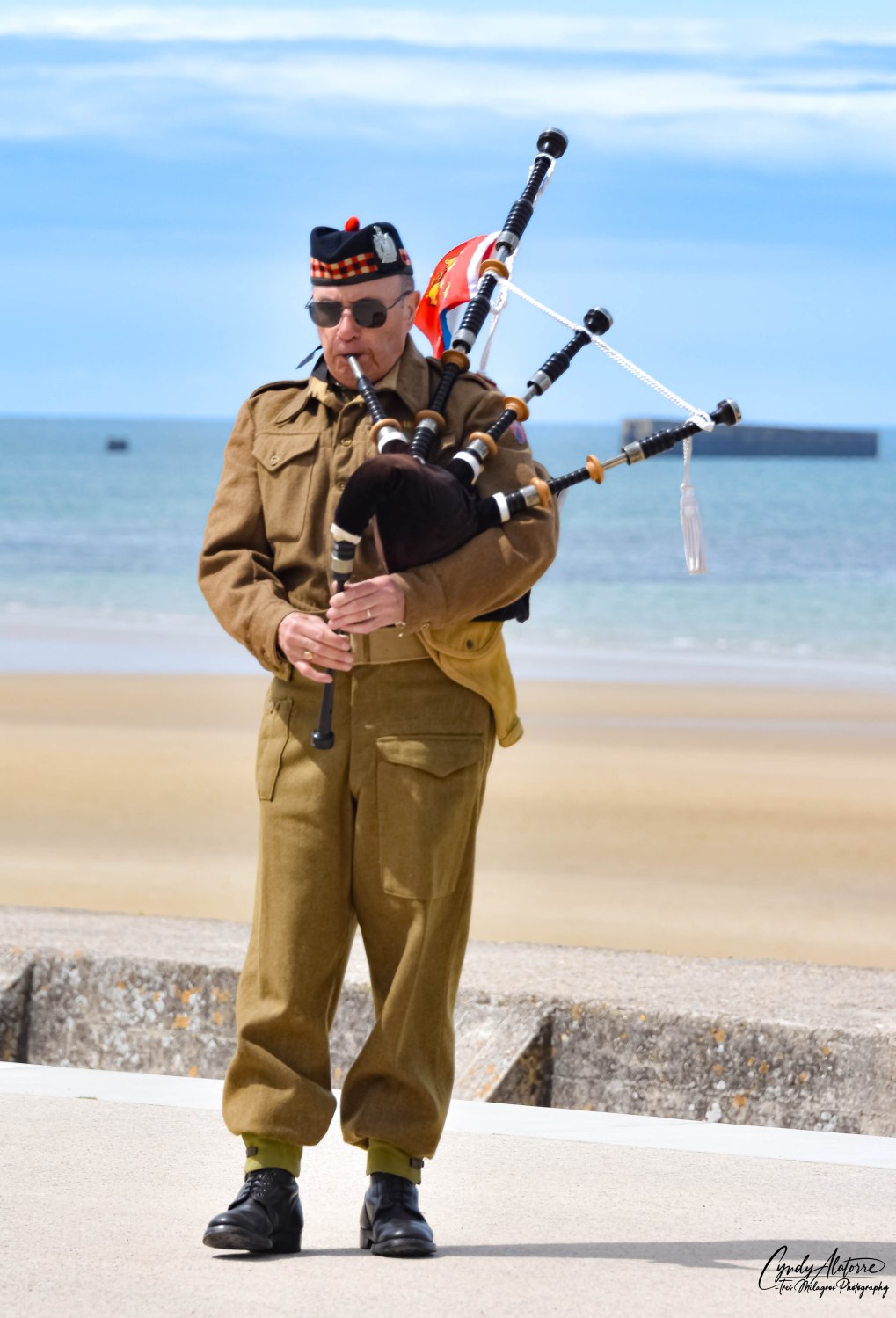
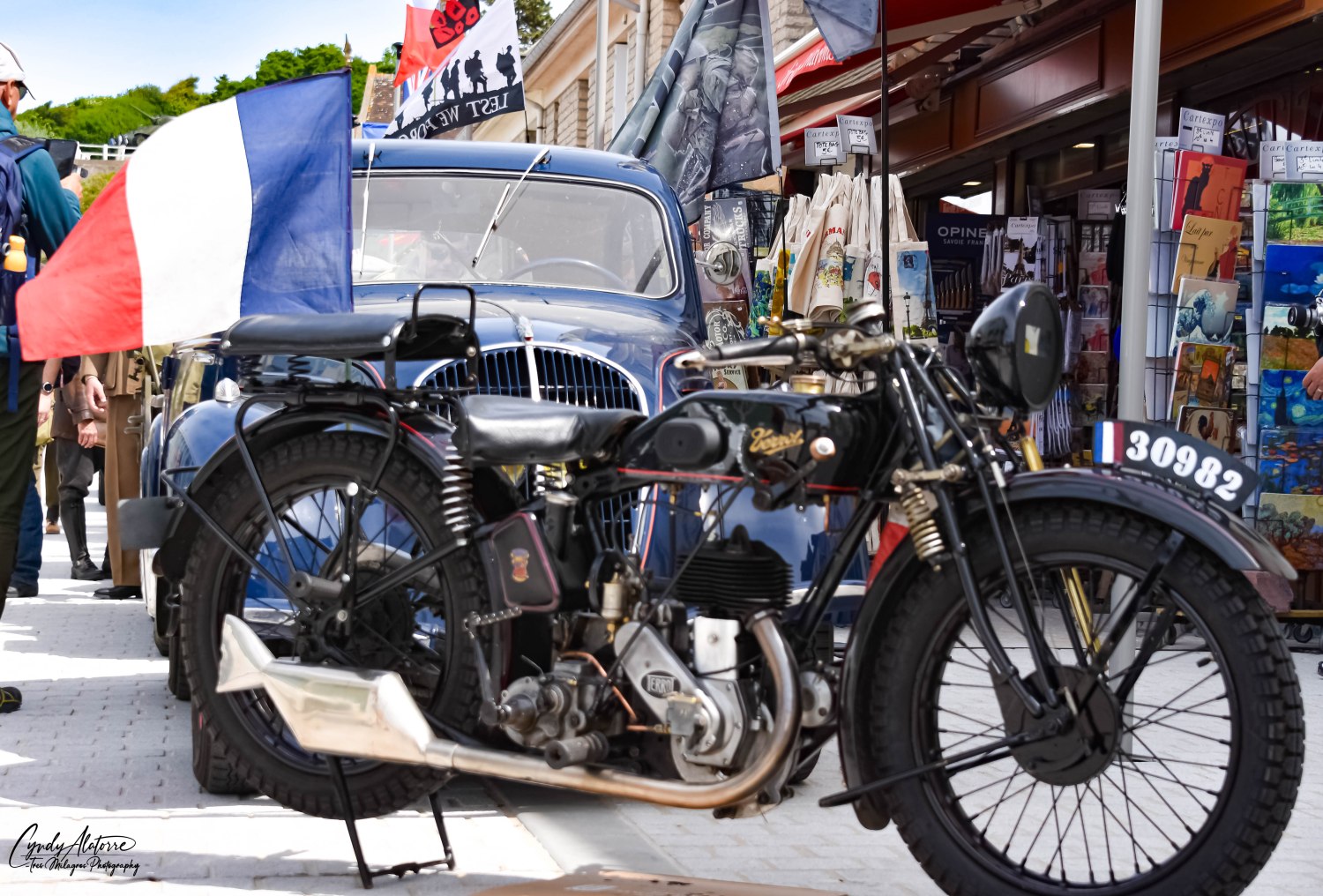
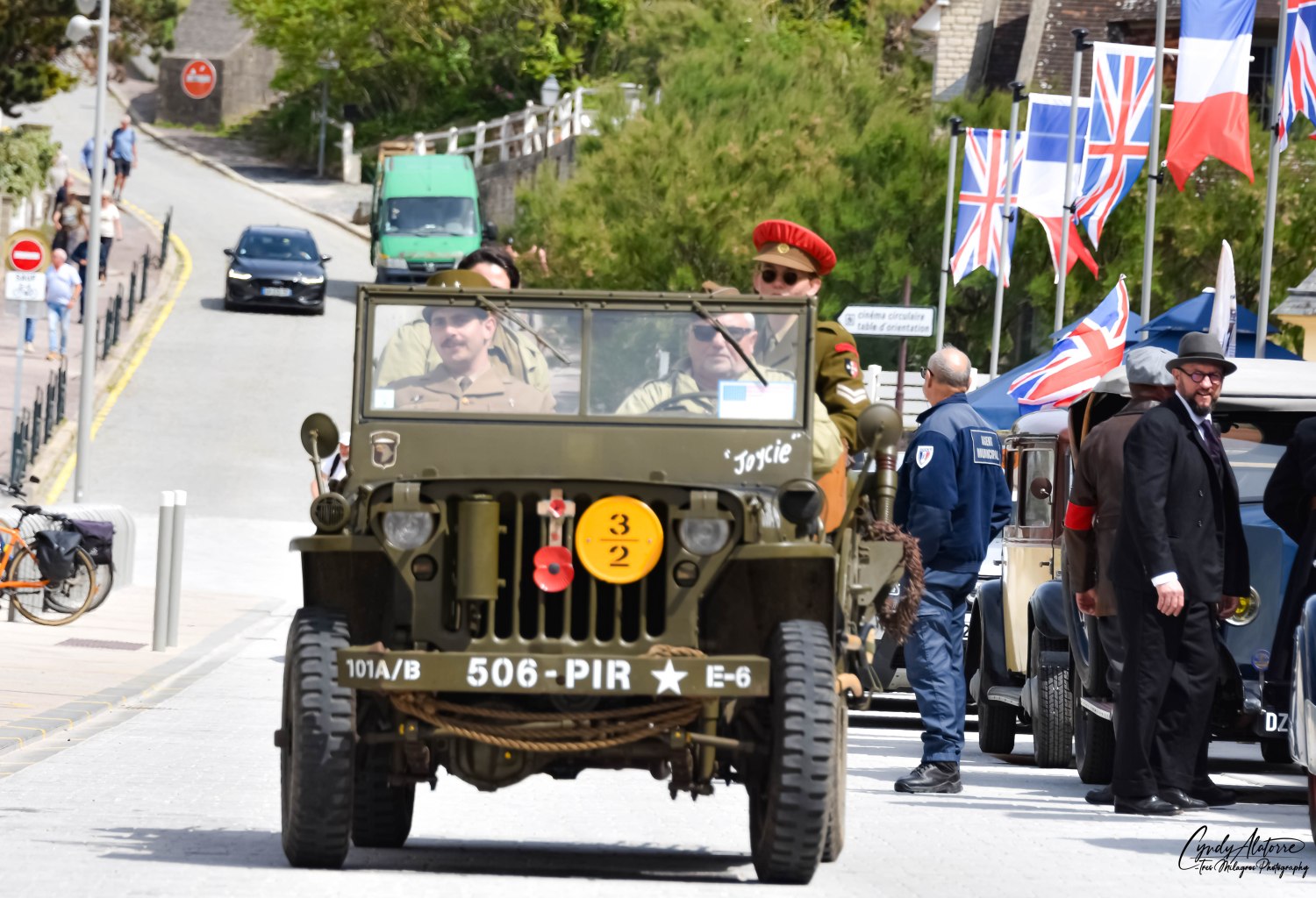
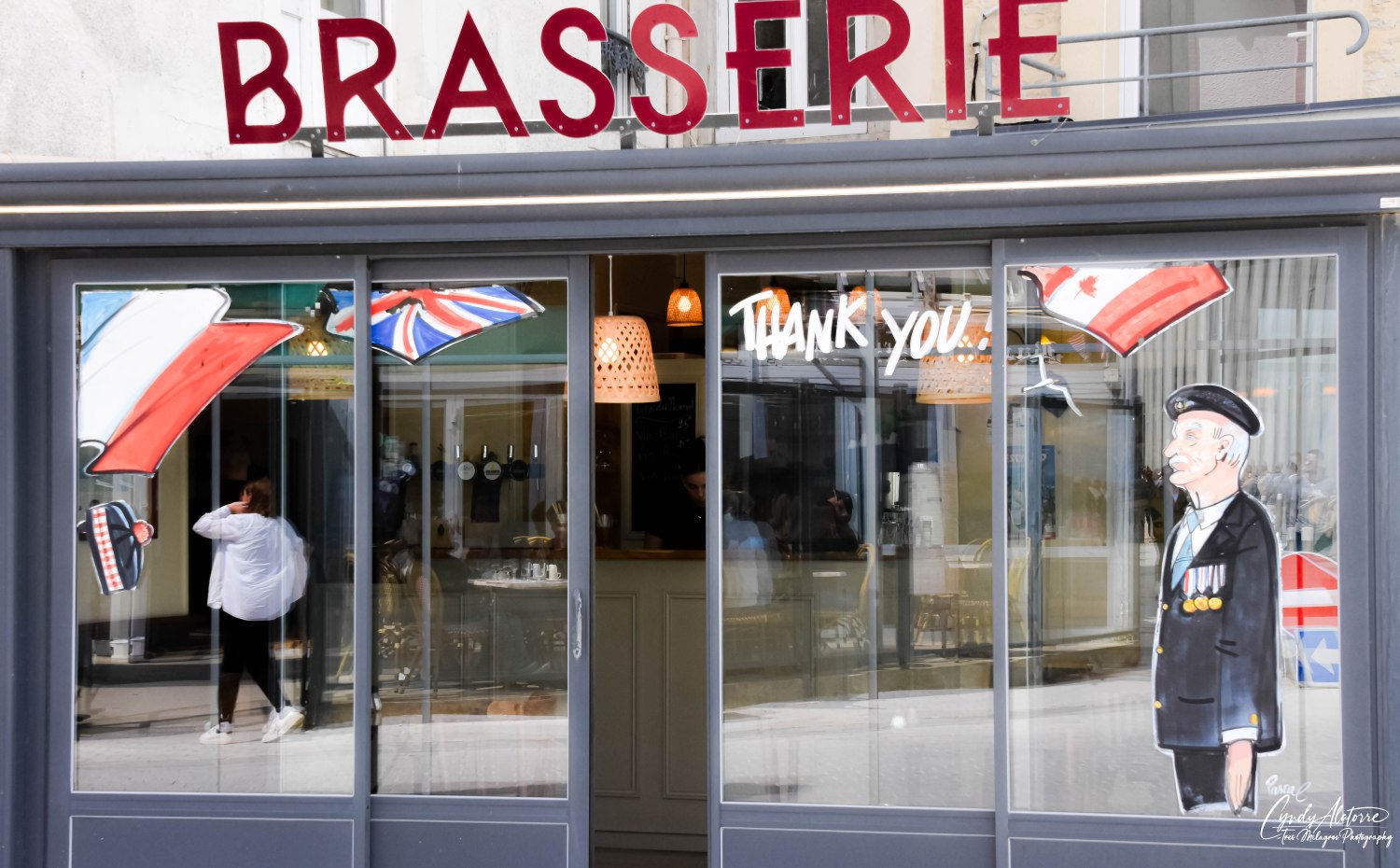


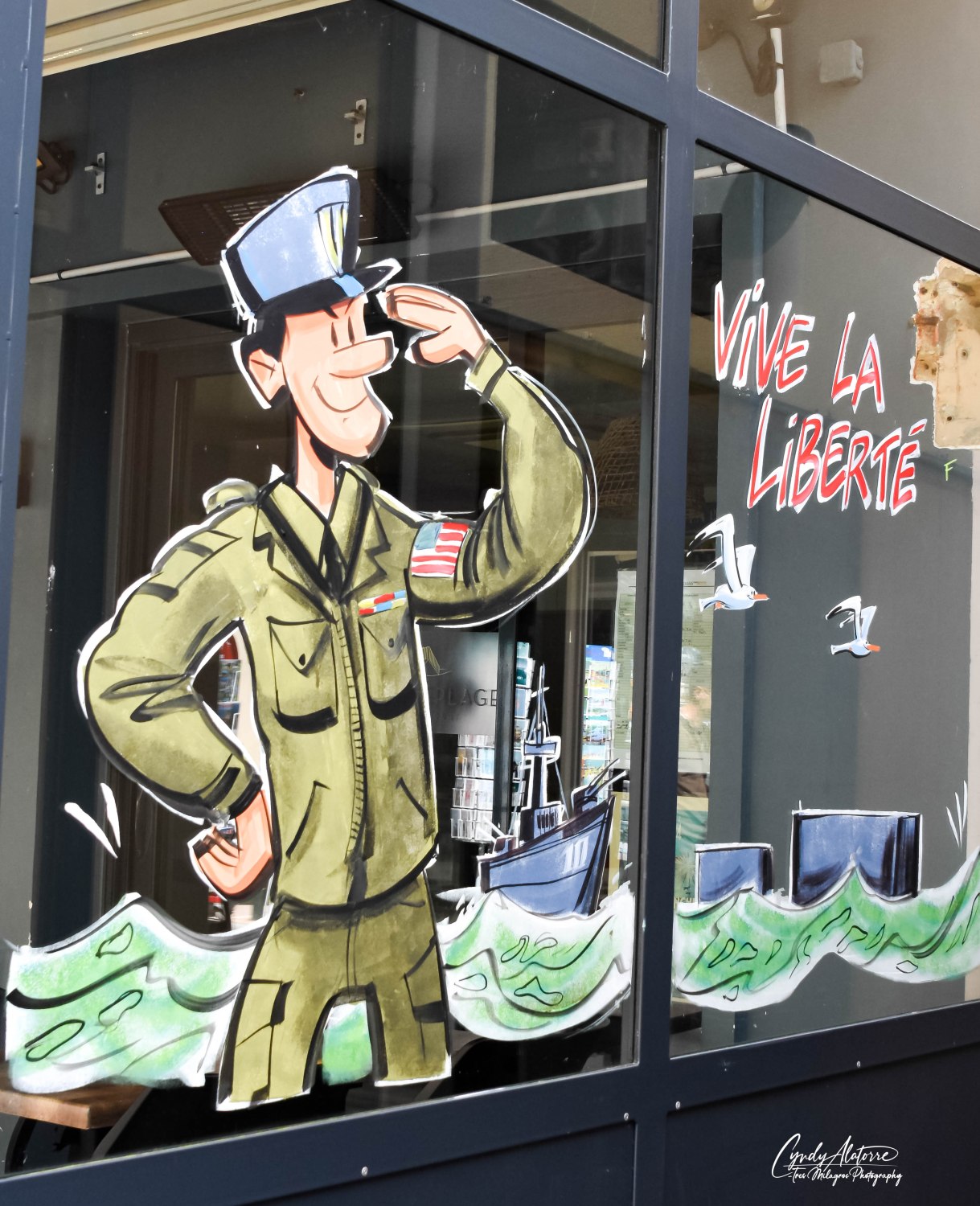
Discover more from "El Camino Thru My Lens"
Subscribe to get the latest posts sent to your email.

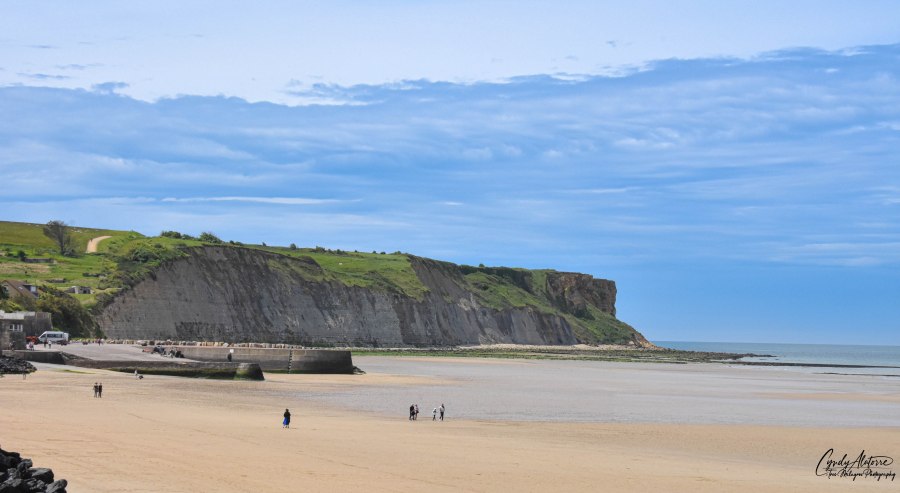
Thank you and glad you enjoy them!
LikeLike
Love ALL your pictures Cyndy! You have a talent with capturing each scene.
LikeLiked by 1 person